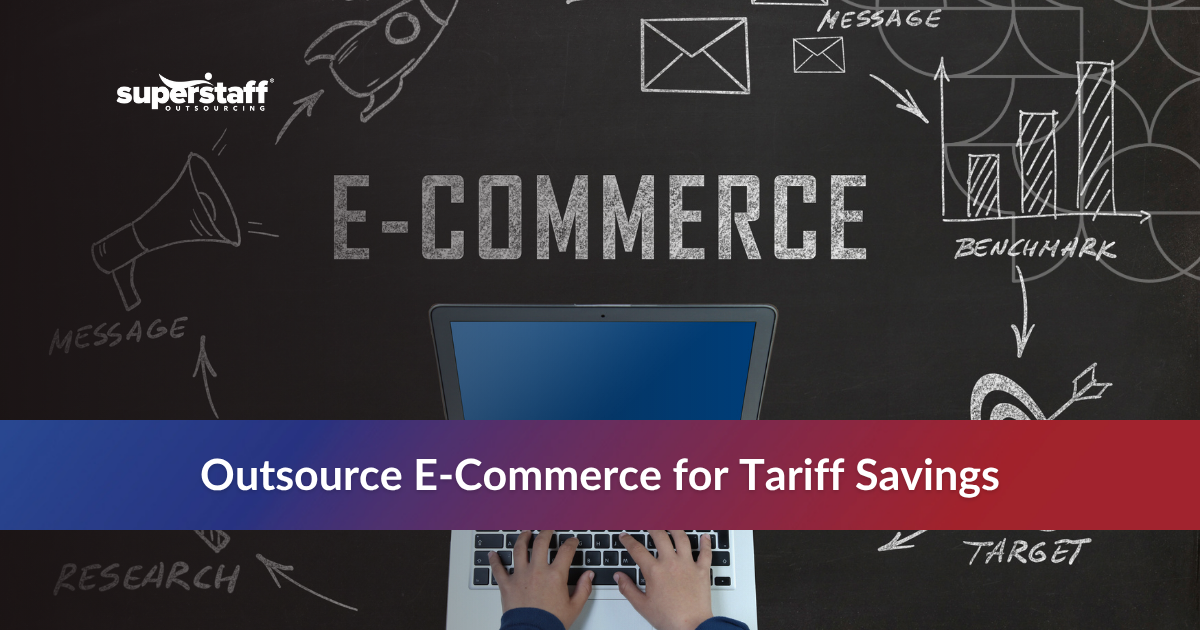
Fulfillment by Amazon – How the COVID-19 Pandemic is Affecting It
For people involved in eCommerce, Fulfillment by Amazon (FBA) has been a very reliable tool. Through it, entrepreneurs are able to leverage Amazon’s centers in order to ensure the efficient selling and distribution of their products. The COVID-19 pandemic, however, has affected this platform, albeit in a not-so-damaging manner. We will look at how FBA works, and how the current situation is impacting the implementation of this strategy.
An Overview of Fulfillment by Amazon (FBA)
FBA is a service that provides storage, packaging, and shipping assistance for sellers. This system removes the burden of sellers to ship merchandise to an Amazon fulfillment center, where items are placed in warehouses until sold.
It is not exclusive to Amazon itself; other eCommerce sites can also use this facility. Furthermore, it provides a great opportunity for a startup businessman to give their products more reach with the help of the Amazon brand.
This is how it works:
- The user sends the products to Amazon
- Amazon sorts and stores the products, placing them in your ready to ship inventory
- Customer buys the product
- Amazon stores, ships, and handles the product in their warehouses.
- The seller gets paid.
- At the same time, FBA handles returns and refunds.
Benefits of FBA
-
Multi-Channel Fulfillment
Merchandise is not limited to just the Amazon workplace. You are able to cover all channels to ship the products to your clients.
-
Subsidized Shipping Fees
When you sell on Amazon, your FBA items become eligible for free shipping, placing them at the top of product listings.
-
Shipping Standardization
When a person picks an item, Amazon selects it from their inventory, packs it, then sends it to the buyer.
-
Ability to predict everything in advance
FBA has sales estimation software like Jungle Scout, which gives you an overview of how profitable your sales will be.
Disadvantages of FBA
-
Long term storage costs
If you allow your inventory to sit for very long, you may face very high storage fees. In addition, sellers are charged removal fees for defective and unsellable products, and disposal fees to get rid of inventory that is unsold.
-
Fulfillment fees
The fees that FBA imposes vary. It largely depends on the size of the products. This also includes packing, picking, shipping, handling, and customer service.
-
Stickerless “commingling”
Amazon’s default inventory setup “commingles” similar products together from one manufacturer. Wrong handling could prove disastrous to the products involved.
-
Likely to get more returns
You may see impulse and test purchases from clients, which can lead to a higher rate of product return.
How Has COVID-19 Affected FBA?
COVID-19 has had a large impact on FBA, particularly on the Amazon buy box algorithm method. The following core areas have been affected as a result of the pandemic:
- Essential items: increased demand for items due to panic buying
- Non-essential items: higher demand due to the closure of retail stores
- Capacity: Reduced warehouse capabilities due to social distancing and an increase in illness among the staff.
Measures that were enacted include:
- Restriction on inbound non-essential items, which will be expanded on an item-by-item basis.
- Increase in product delivery estimates for up to one month.
What is the Buy Box?
The Buy Box is on the right-hand side of the product page, where customers can click to Add to Cart or Buy Now. If a lot of merchants sell the same product, only one will feature the buy box, while other merchants with the same product will be featured on the page.
The Buy Box had once favored FBA sellers, as the items were shipped faster compared to the FBM sellers. However, Amazon has adjusted the algorithm to favor items that can be delivered faster.
How Do You Address the Buy Box Dilemma?
To address the issue with the Buy Box, you need to meet a certain criterion. These include the following
-
Fast shipping
You need to fulfill orders in two days or less, along with relevant tracking information. If you have a non-essential service, you should look to an FBM service for better delivery speeds.
-
Sufficient inventory
Since FBA is limiting the space available for storage, you have to use in-house or outsourced FBM (fulfillment by merchant) methods to keep Amazon stock levels healthy. In-house FBM entails using your own space, facilities, and shipping carriers to deliver items within two days or less. An outsourced FBM makes use of an Amazon FBM fulfillment partner’s network.
-
Great reviews
You need to have great reviews. And in order to optimize feedback, you’ll have to keep deliveries on time, keep valid tracking data and response time metrics at a high level, while order defect rates and returns are kept low.
-
Well-optimized listings
Amazon must know what you sell, and this requires well-optimized listings. Make use of long and short-tail keywords, create informative descriptions, and use high-quality images so your product gets noticed by the company.
Let SuperStaff Help Your Amazon/FBM Efforts!
Due to the current health crisis shuttering most retails, e-commerce has become more competitive than ever before. Try to aim for the right algorithmic balance in FBA to boost your bottom line and stay ahead of your contemporaries.
If your e-commerce brand needs an expansion partner, SuperStaff can lend you a helping hand. We provide help in the form of eCommerce marketers, logistics support, and other essential manpower solutions necessary to compete.






